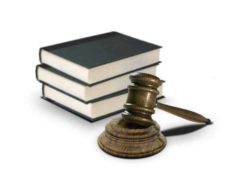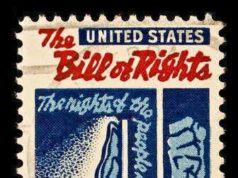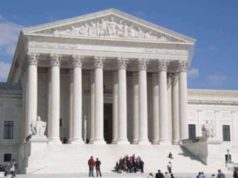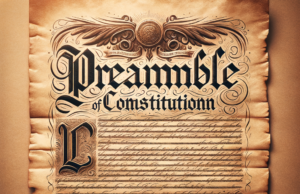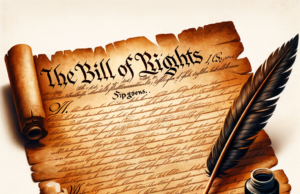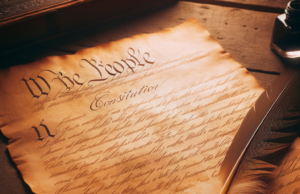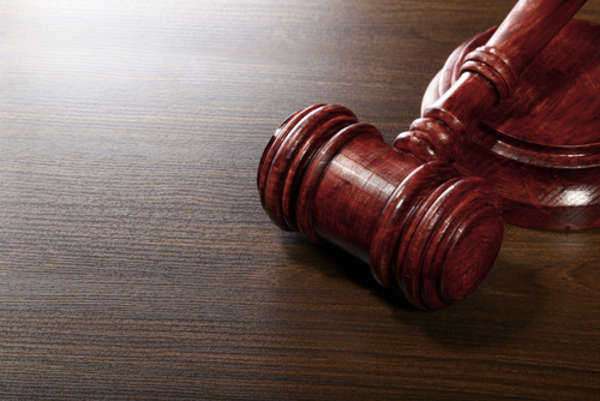
In the United States, the power of impeachment is a constitutional tool that allows Congress to remove an elected official from office. The process of impeachment is not a common occurrence, but it has been used multiple times throughout the country’s history to hold elected officials accountable for their actions.
The power of impeachment is given to the House of Representatives, and it is then up to the Senate to hold a trial to determine whether or not the official should be removed from office. To be impeached, an elected official must have committed “high crimes and misdemeanors,” which is a vague term that has been open to interpretation over the years.
Historically, the power of impeachment has been used to remove officials for a wide range of offenses, including bribery, treason, and other abuses of power. The process of impeachment is a serious procedure, and it is intended to be used only in extreme circumstances.
The power of impeachment has been used three times in America’s history. The first time it was used was in 1868 when President Andrew Johnson was impeached for violating the Tenure of Office Act. The second time was in 1974 when President Richard Nixon was facing impeachment for his role in the Watergate scandal. Nixon resigned before the House could vote on his impeachment. The third time was in 1998 when President Bill Clinton was impeached for perjury and obstruction of justice.
The power of impeachment is not a tool to be used lightly. The process is a lengthy one that requires a great deal of resources, time, and energy from both the House of Representatives and the Senate. It is important to understand that impeachment does not necessarily mean removal from office. The Senate holds the final say in whether or not an elected official should be removed from office, and they can also choose to impose other punishments if they decide not to remove the official completely.
In conclusion, the power of impeachment is a critical tool that is intended to hold elected officials accountable for their actions. While it has been used sparingly in America’s history, it is important to understand the process and the implications of impeachment. It is a serious matter that should only be used in extreme situations where an official has violated the public trust and committed serious offenses. The American people deserve elected officials who uphold the highest standards of integrity and accountability, and the power of impeachment ensures that those standards are maintained.
The power of impeachment is granted to the House of Representatives under Constitutional law. In Article I, Section 2, the Constitution reads, “The House of Representatives shall choose their Speaker and other Officers; and shall have the sole Power of Impeachment.” Impeachment relates to the removal of a Government official due to crimes committed while that individual was in office.
All civil Officers of the United States that are tried and convicted for crimes such as bribery, treason, misdemeanors, and high crimes are all subject to impeachment. It is important to note that impeachment is a power that is granted to both Houses of Congress. The House of Representatives has the “sole Power” to impeach, while the Senate has the sole power to try those impeachments.
The House of Representatives is responsible to commence the impeachment proceedings. A member of the House can start the procedure by listing the charges against the official under oath or by asking for a referral to the appropriate committee of the House. In some cases, the impeachment process can begin by other officials outside of the Legislative Branch. However, the process to impeach will be carried out by the House of Representatives.
Depending on the type of impeachment, the referral will be presented to either the House Committee on the Judiciary of the House Committee on Rules. If the impeachment resolution involves a particular individual, the referral will be presented to the House Committee on the Judiciary. However, if the resolution is to authorize an investigation regarding grounds for impeachment, it must first be referred to the House Committee on Rules, which will then be sent to the House Committee on the Judiciary. When the referral to impeach is received by the Judiciary Committee, a vote must be conducted. A majority decision must be reached to determine that grounds for impeachment exist.
The Committee will then state and list those grounds in what is known as Articles of Impeachment, or an Impeachment Resolution. These are to be reported to the House of Representatives. The House of Representatives will then review and analyze the Articles of Impeachment. The House will vote on the Articles based as a whole or on each article presented therein, depending on the conclusion of the analysis.
If the decision of the House is to impeach, then there are managers that are appointed to present the situation and case to the Senate. The managers have the responsibility of presenting the Articles of Impeachment before the Senate, which will then report back to the Senate regarding its own decision. In the case that the Senate decides that it will try an impeachment case, the Chief Justice of the United States is to preside over the trial in the case of impeachment of a President.
Throughout history, there have been a number of Government officials who have been impeached, which include Presidents, members of Congress, Judges, as well as State Governors. However, in the history of the United States, only two Presidents have been impeached, Andrew Jackson and Bill Clinton. Richard Nixon would have faced impeachment had he stayed in office but resigned his position upon the knowledge of impending impeachment.



